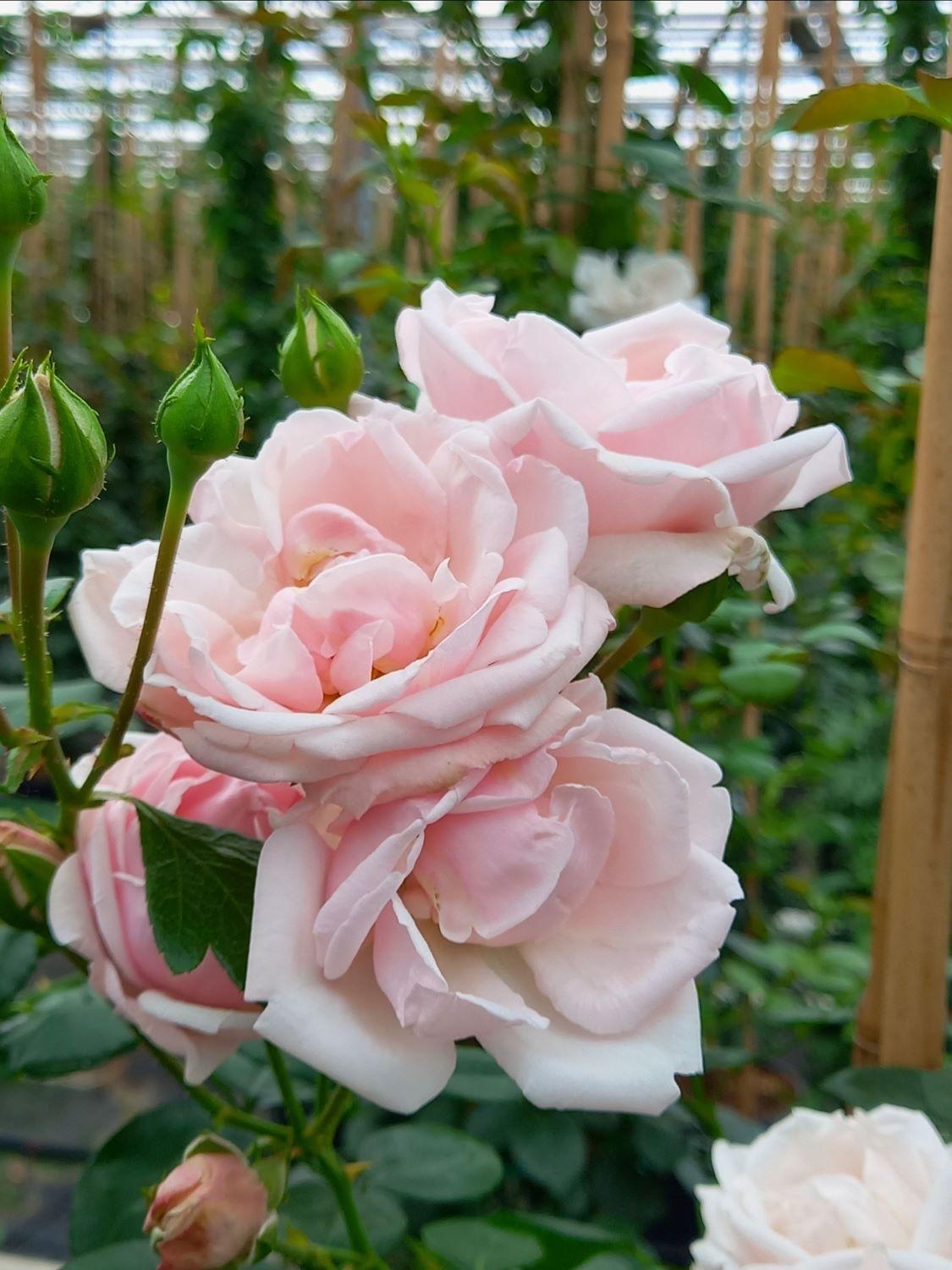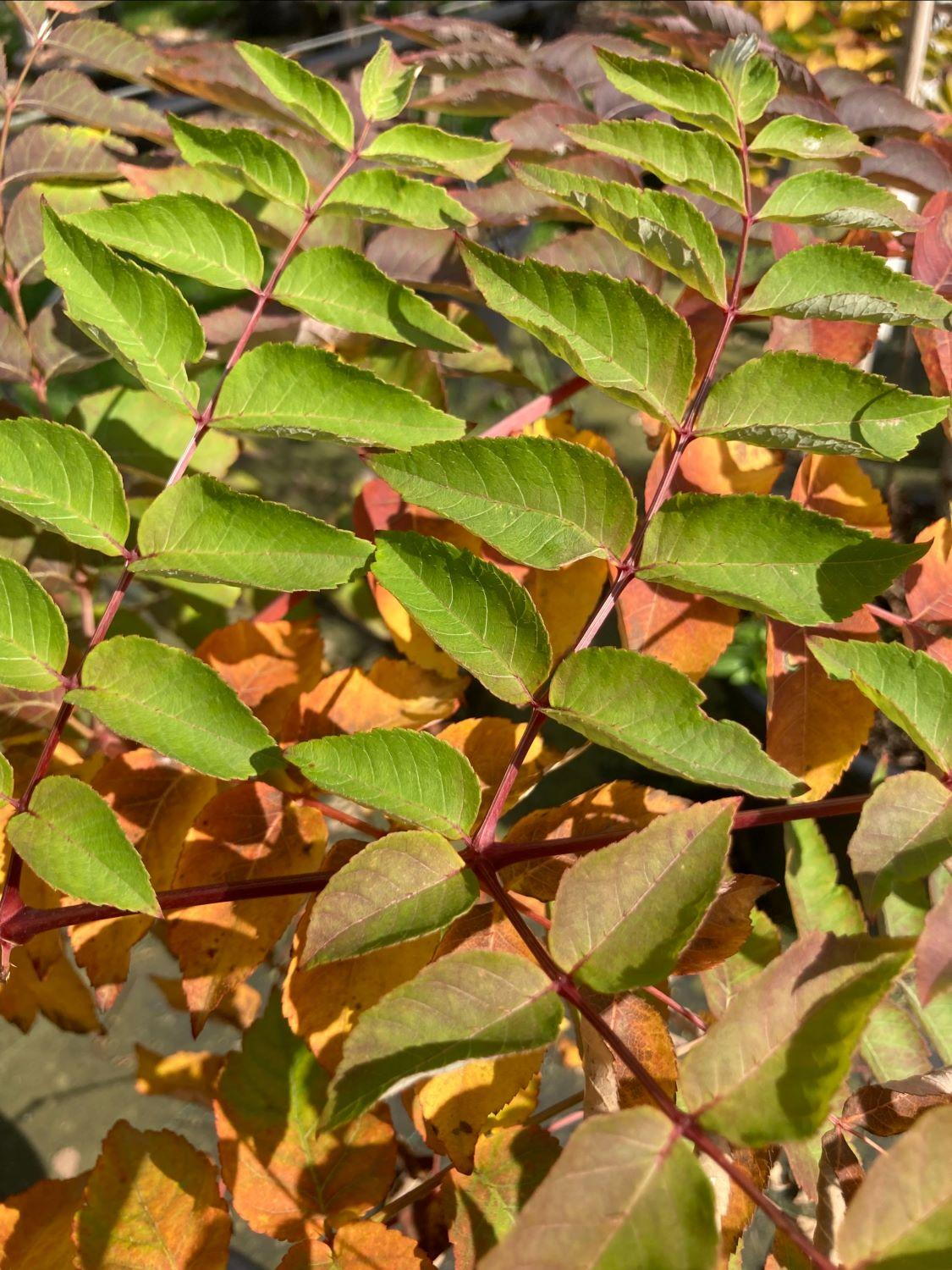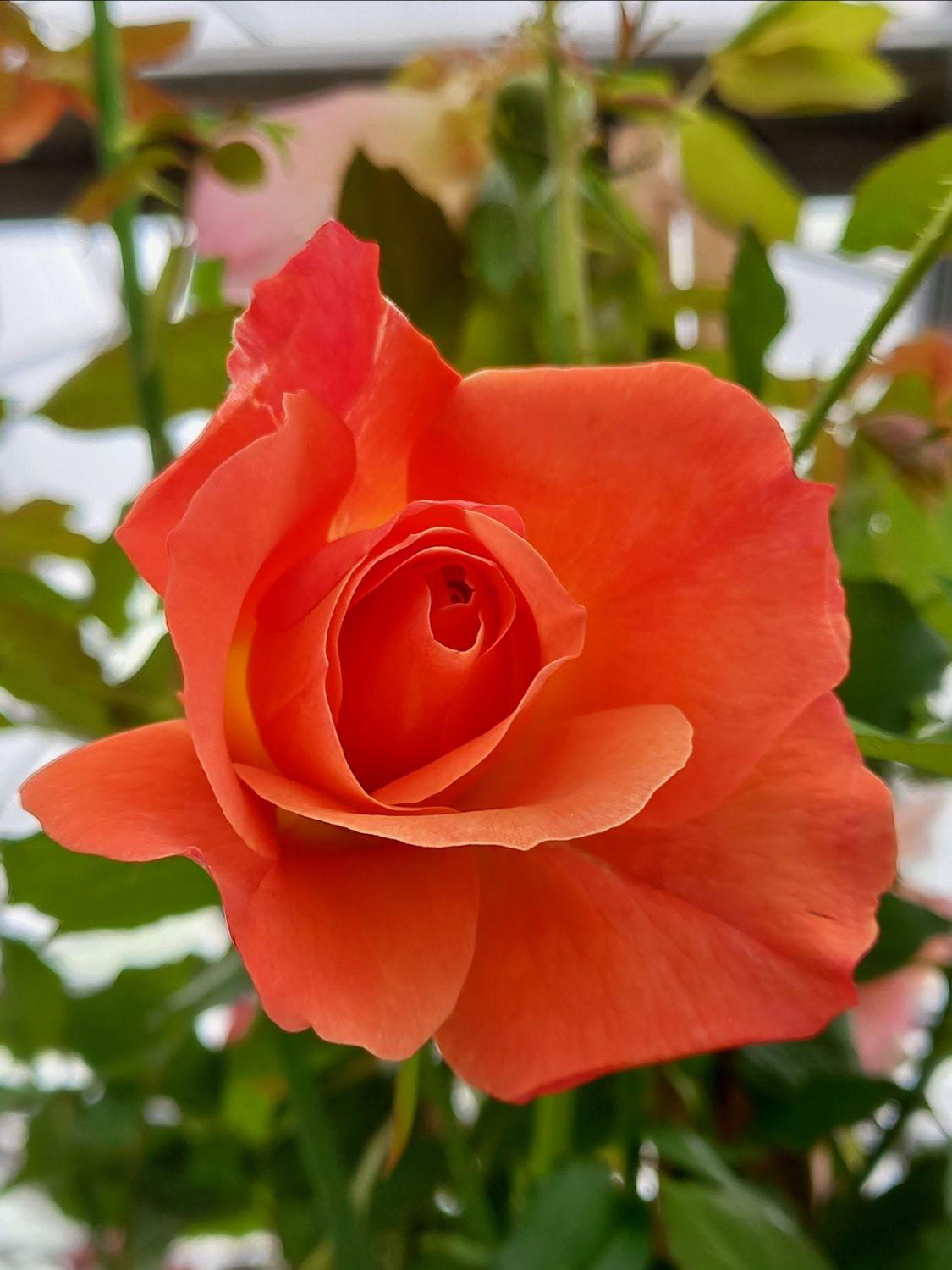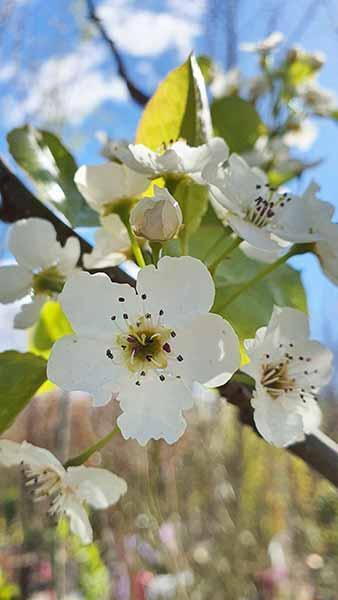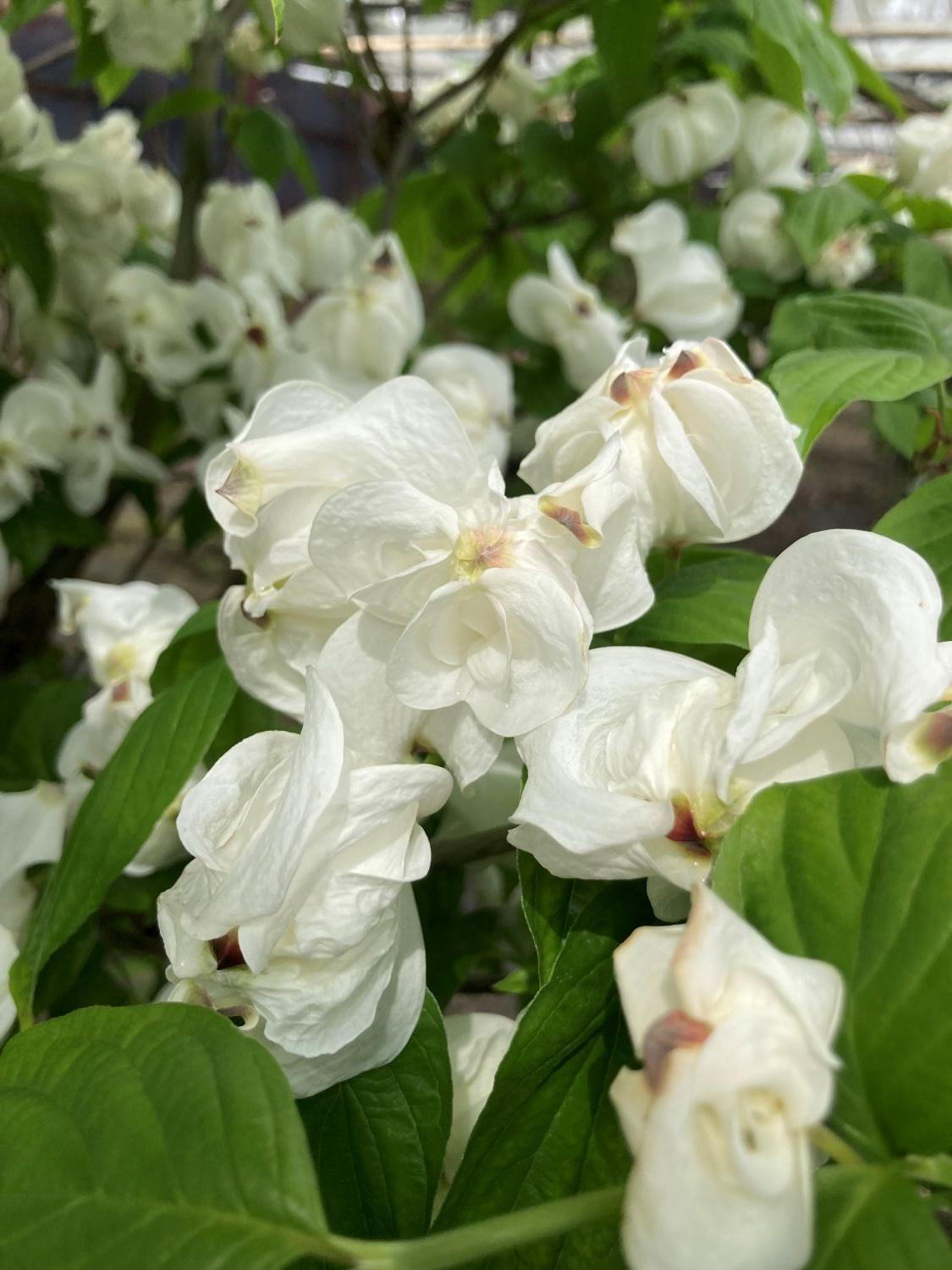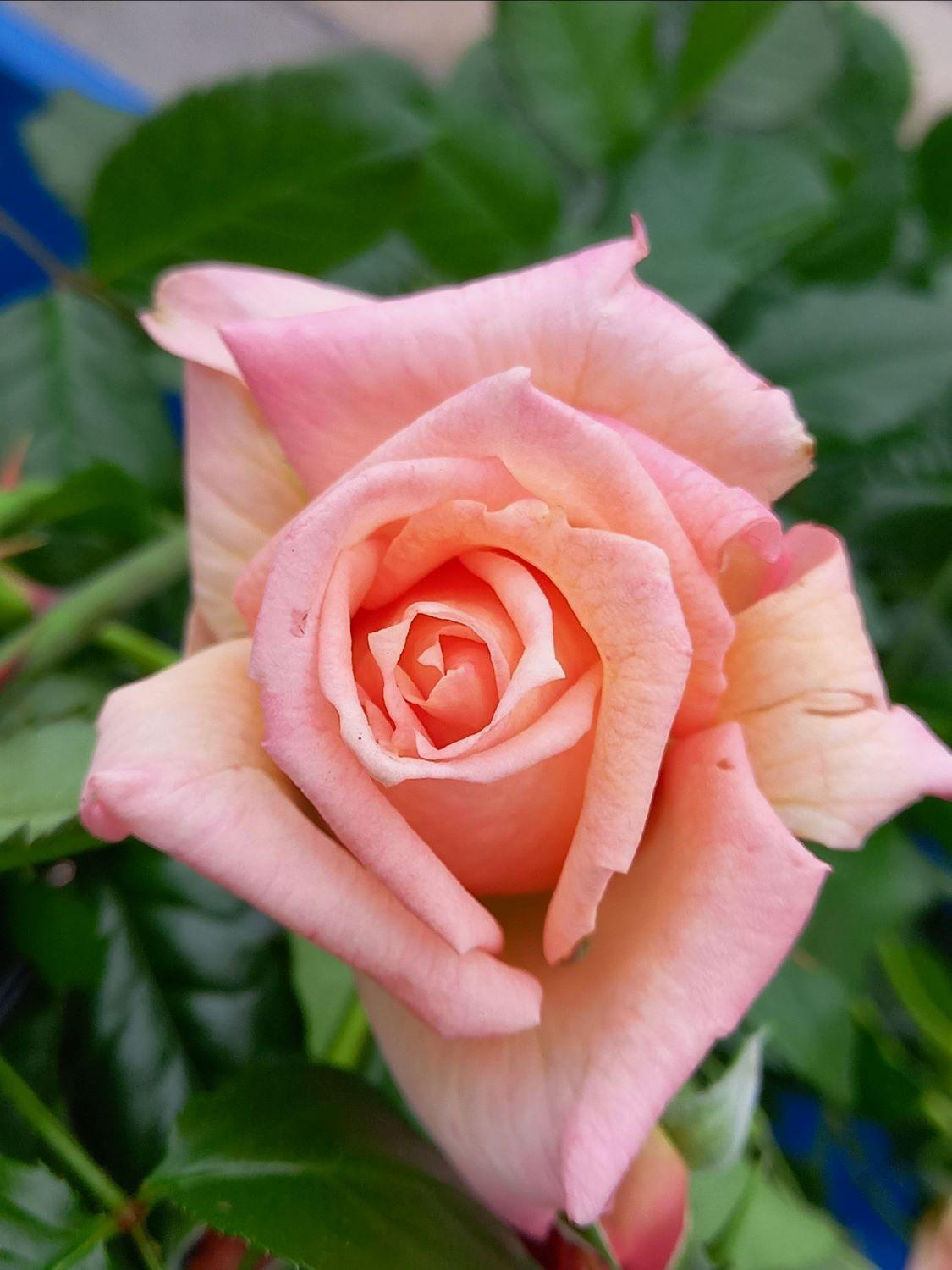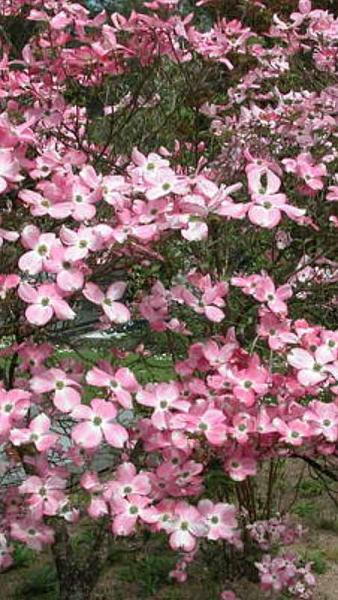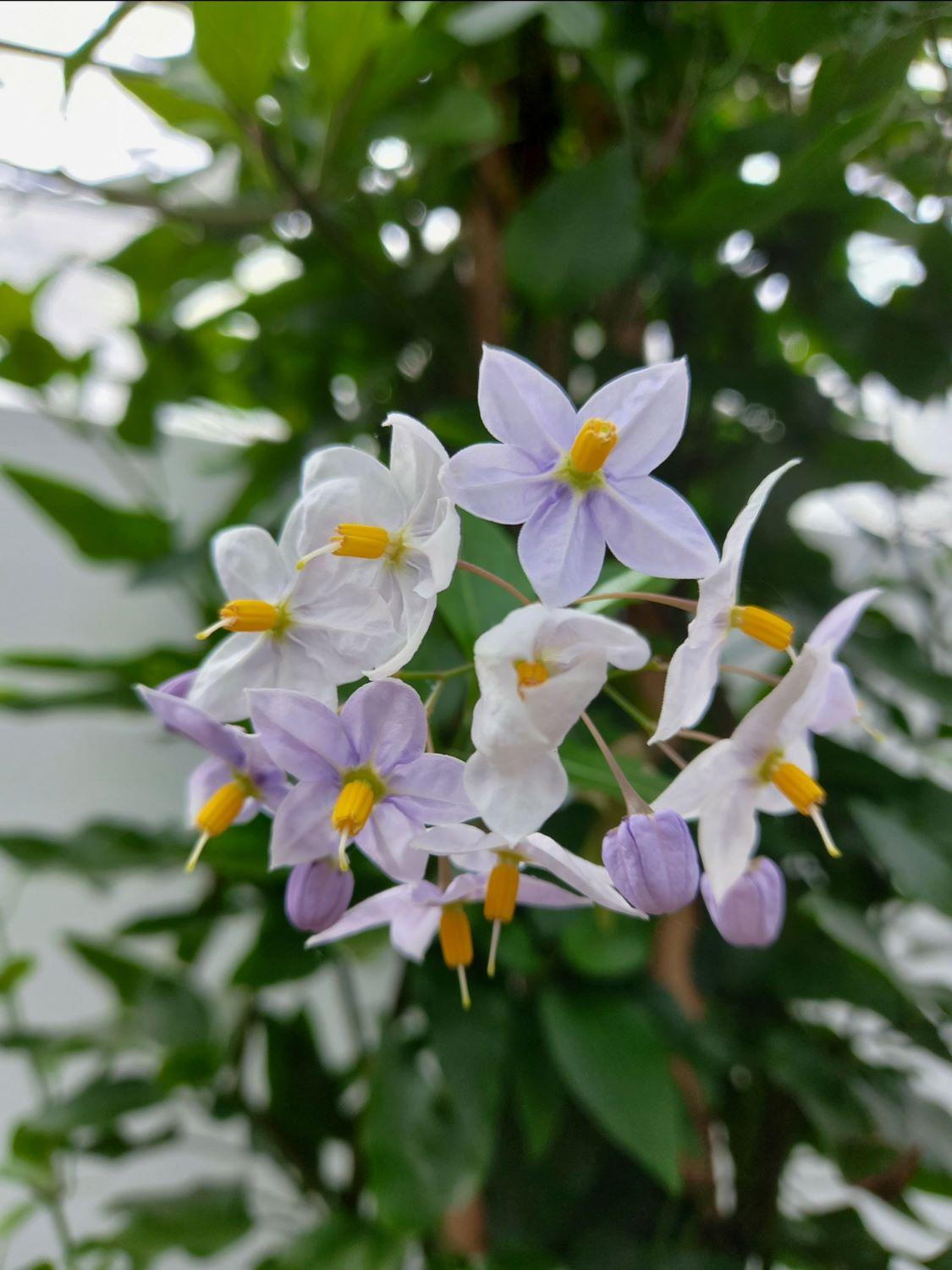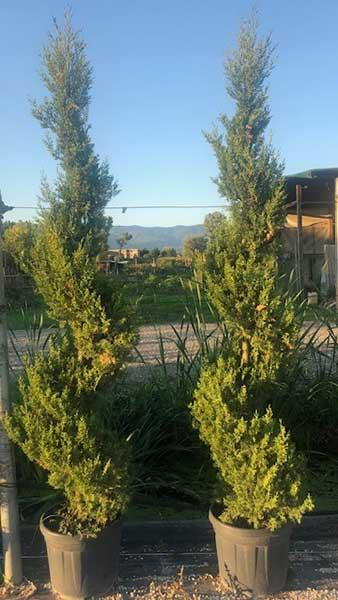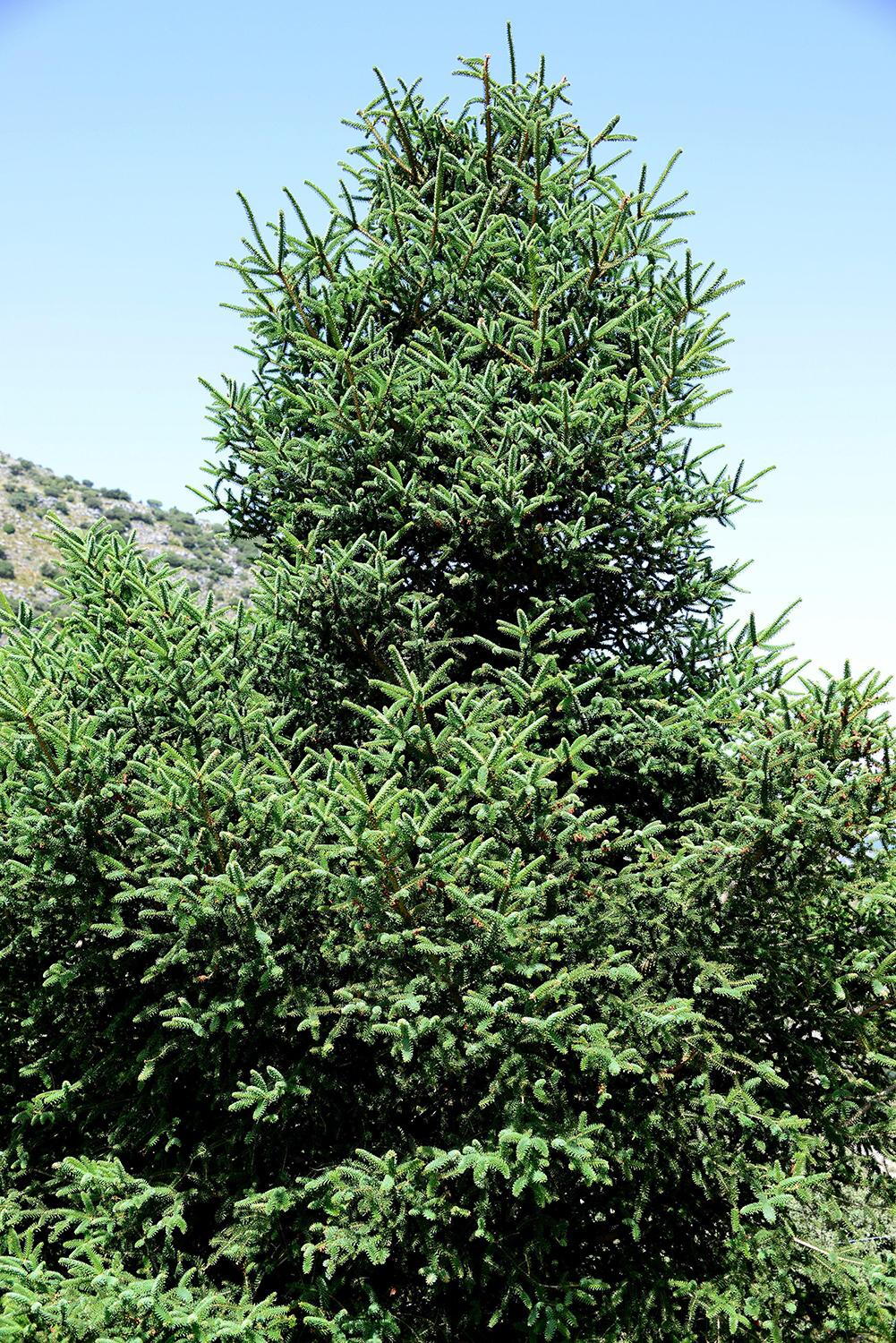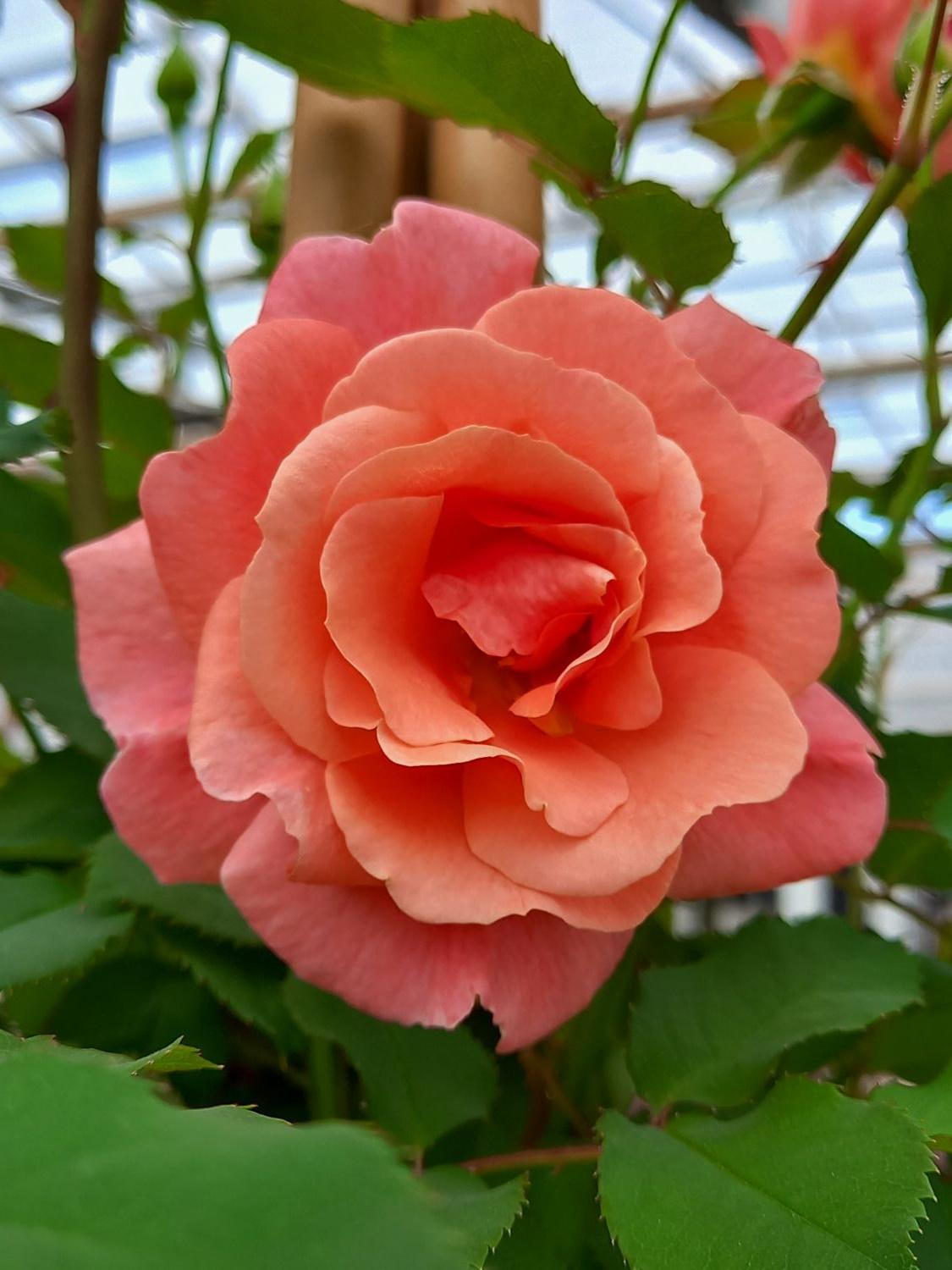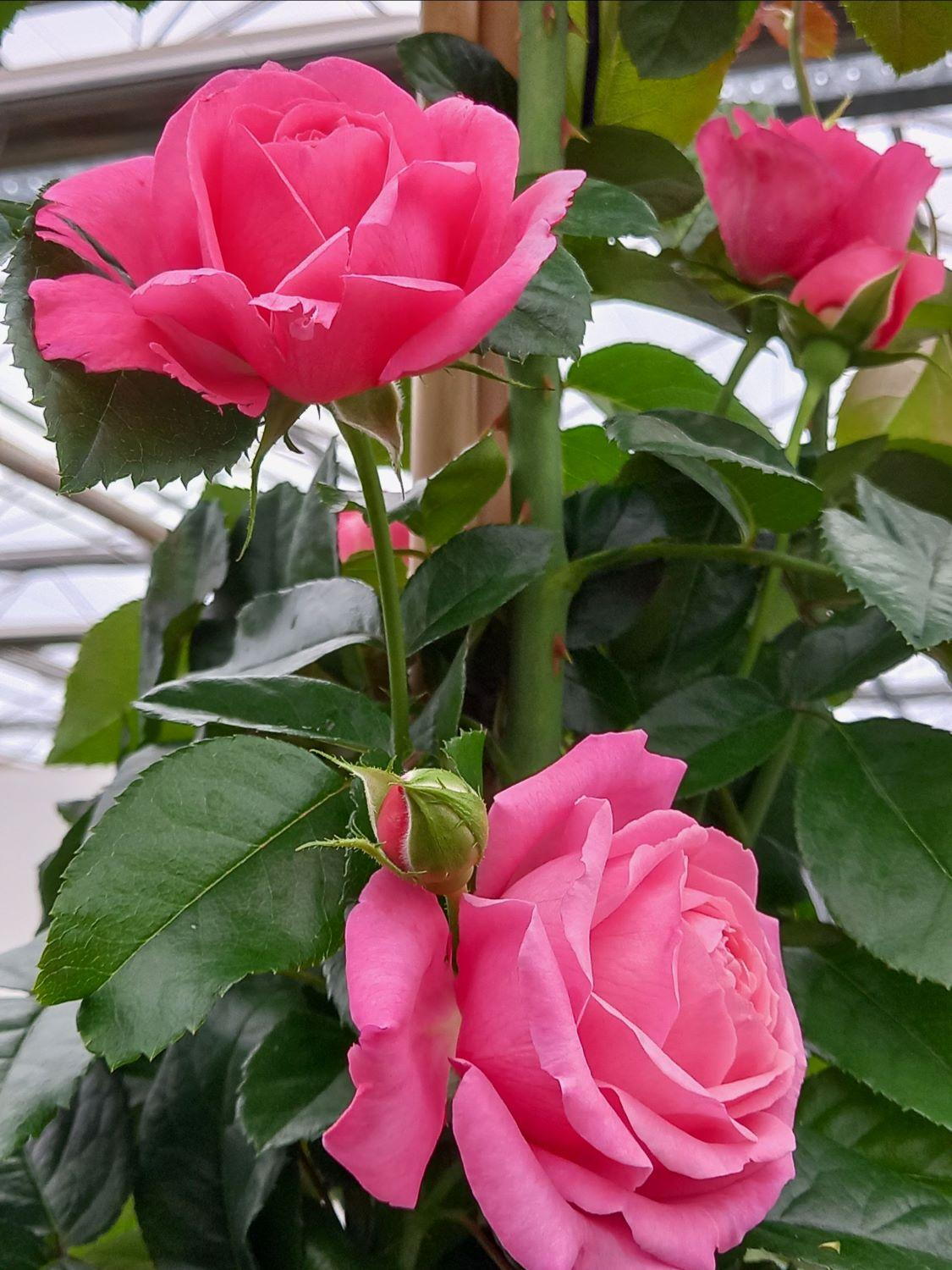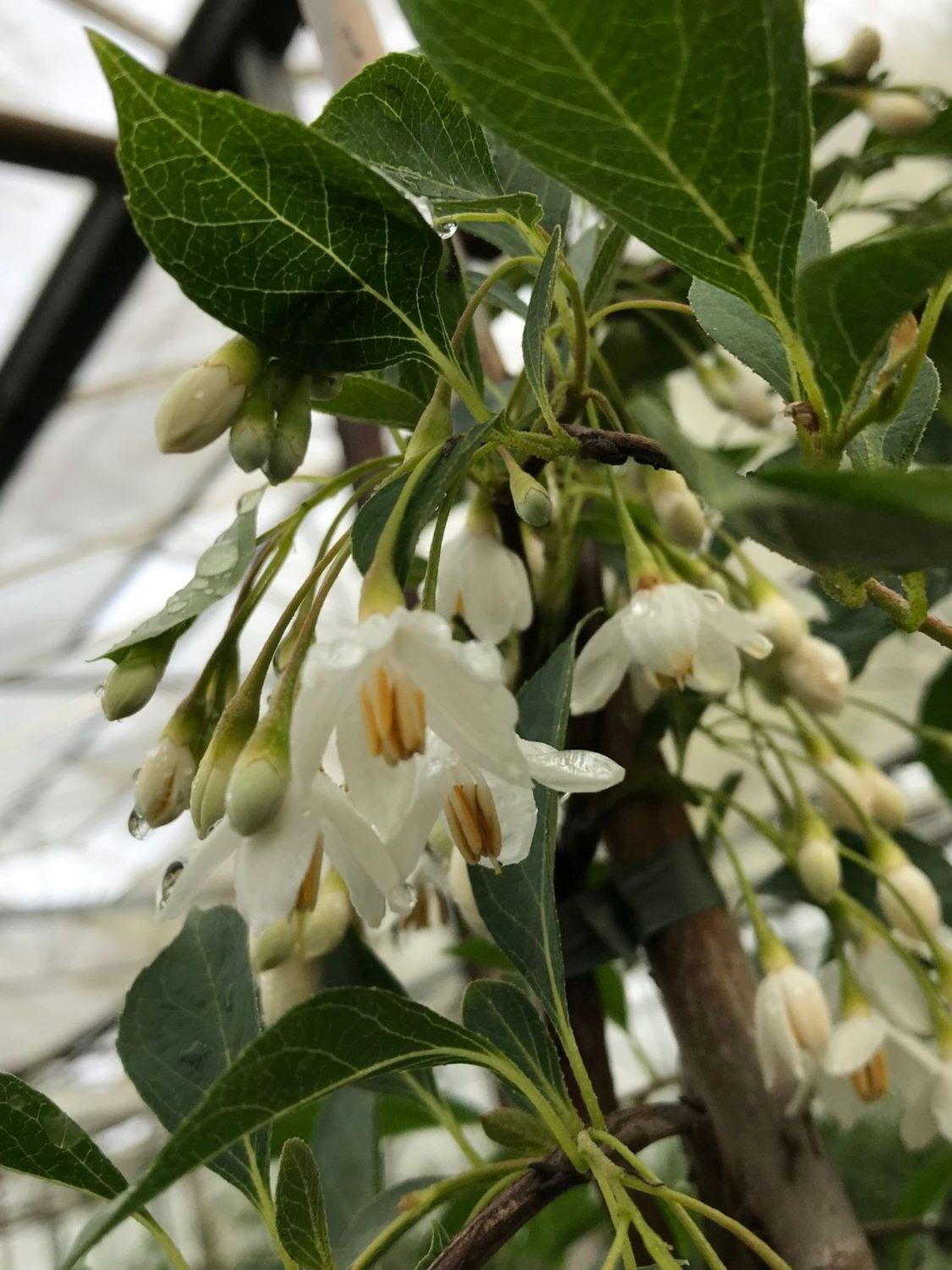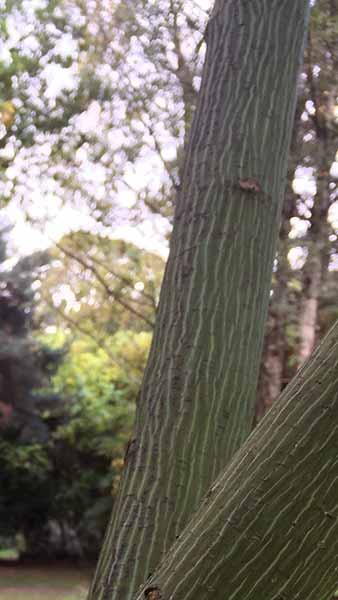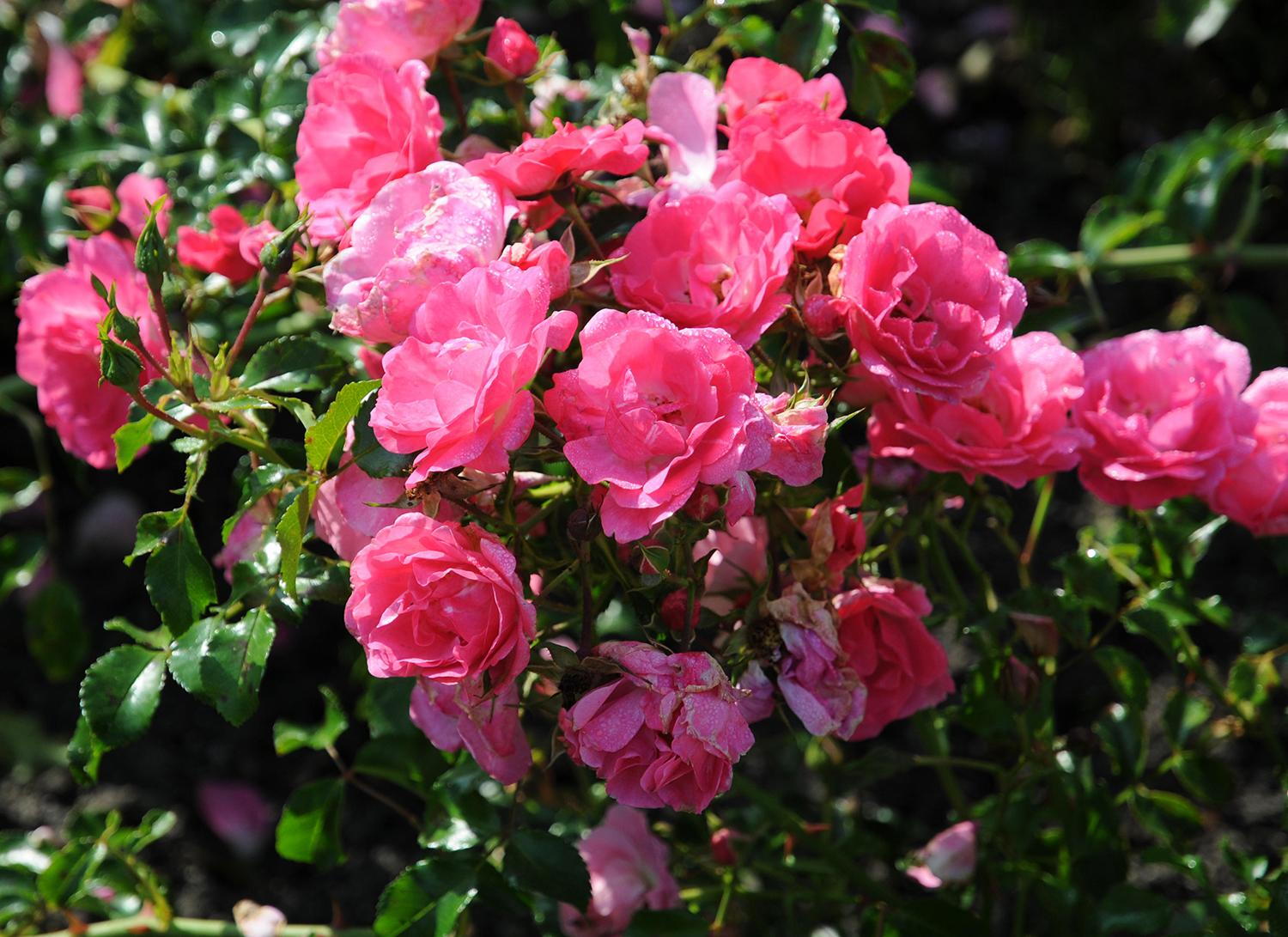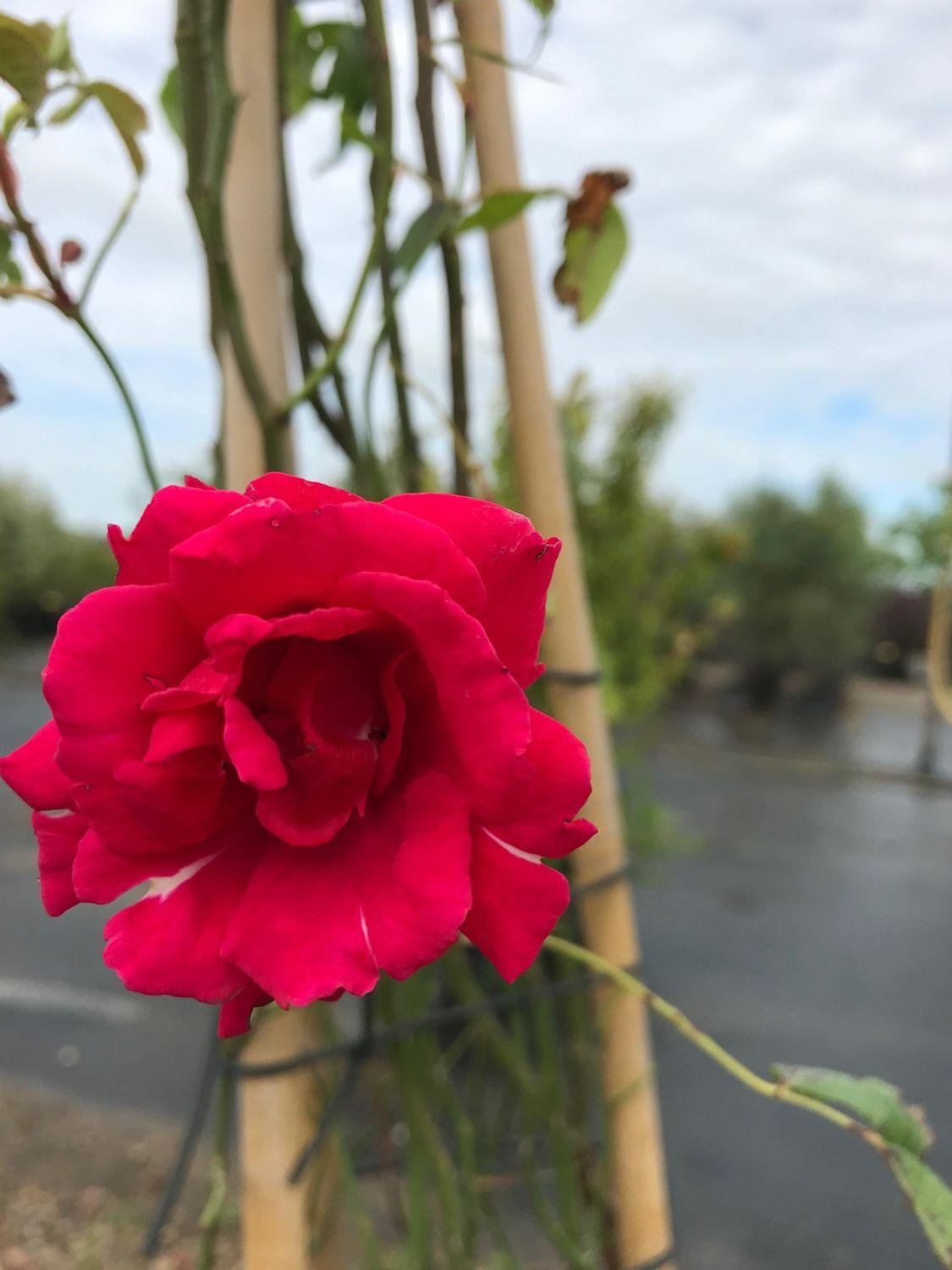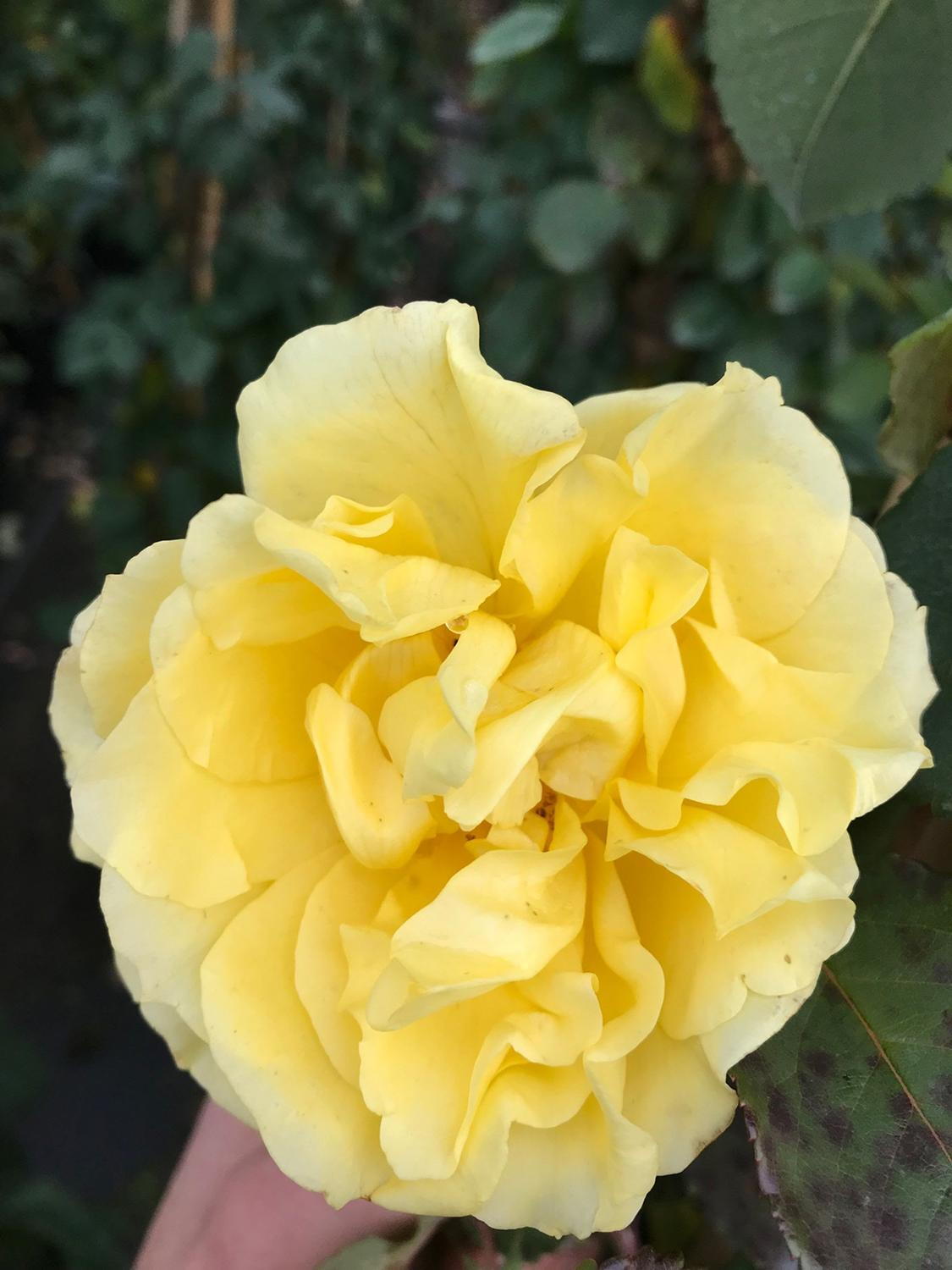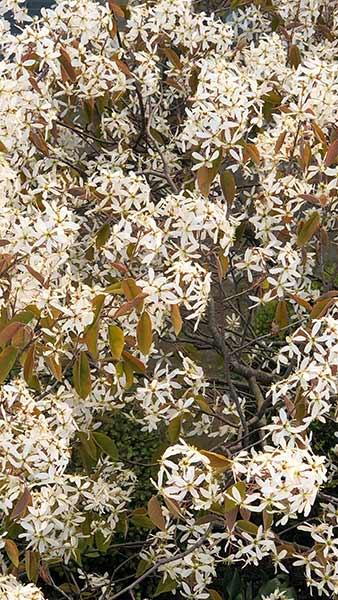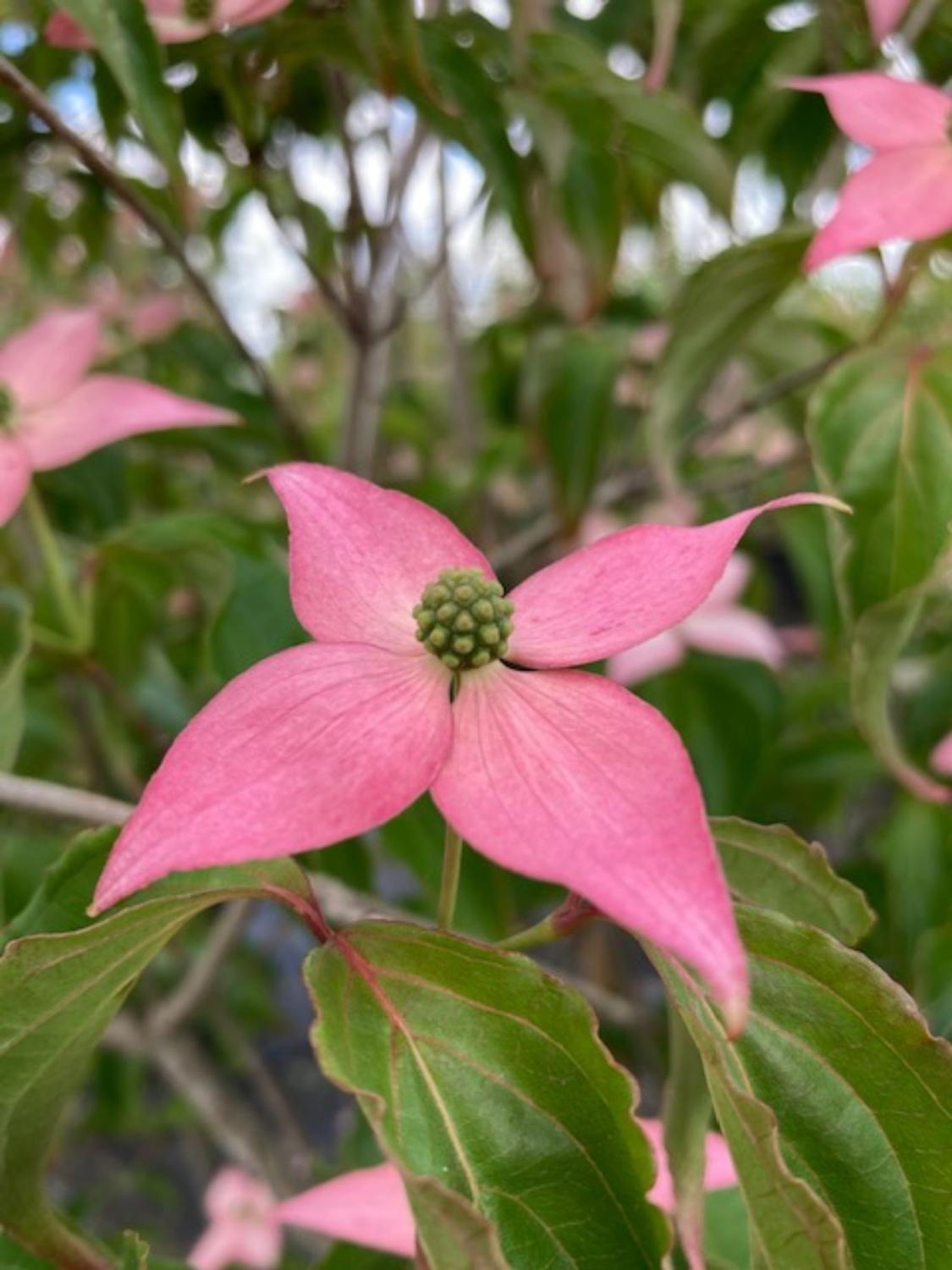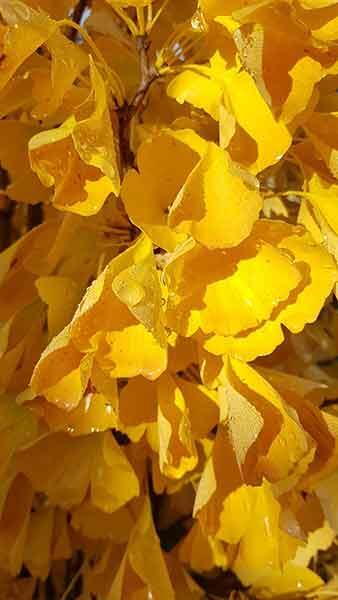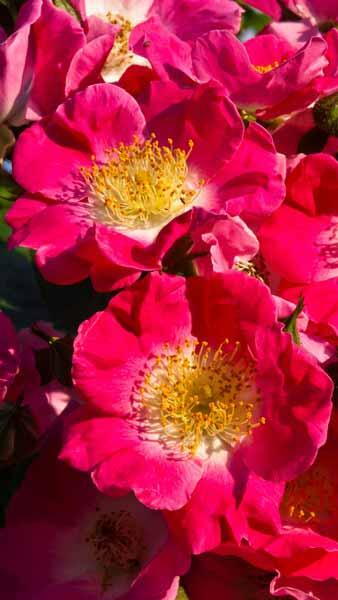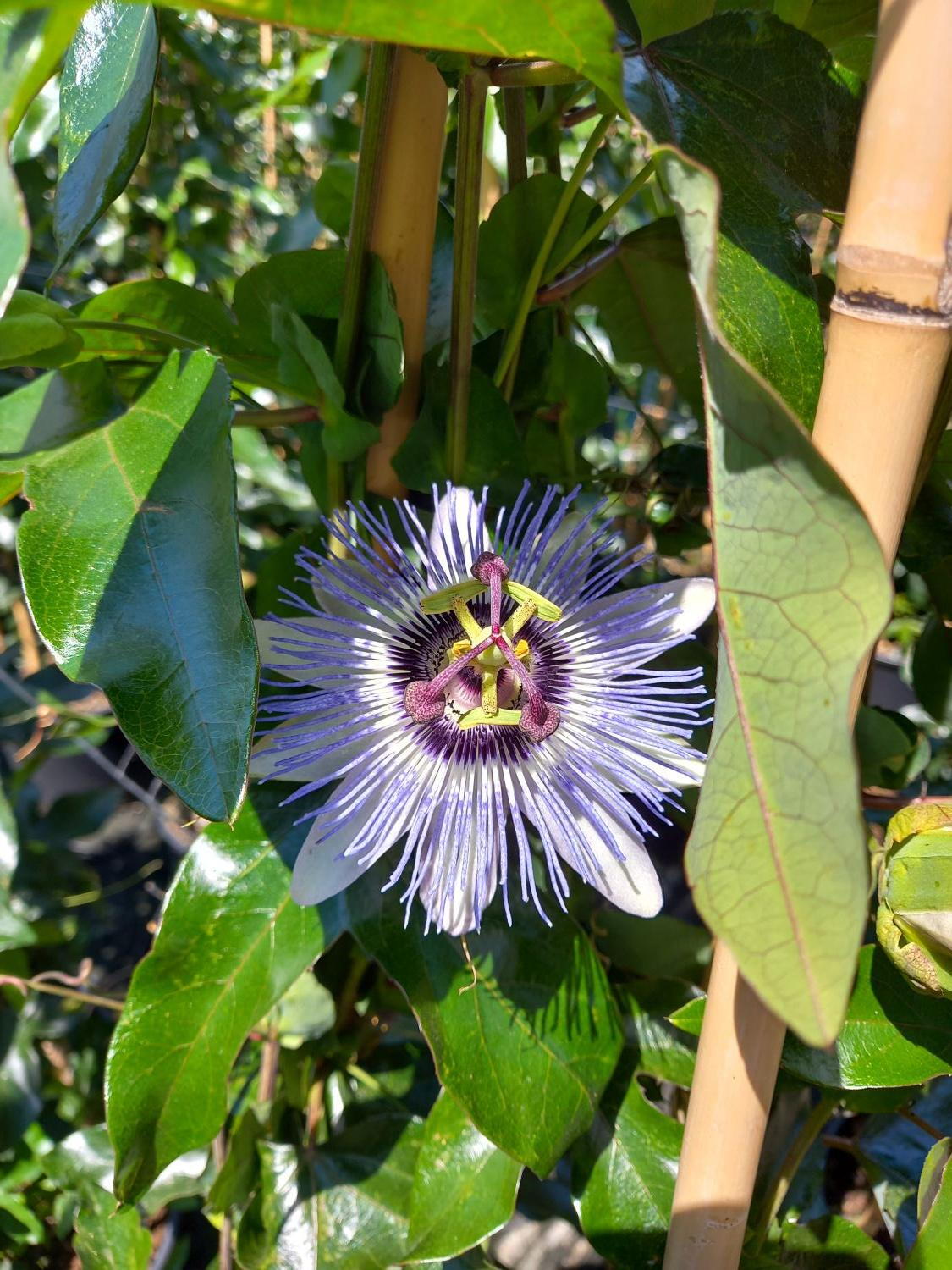Pyrus Calleryana Capital Flowering Pear Ornamental Pear
Pyrus Calleryana Capital, to give it its full botanical name, belongs to the family of flowering, ornamental pears native to China. This particular cultivar was bred in the United States, and it is treasured for its narrow growth habit and beautiful foliage. Flowering or Ornamental Pear Capital is a tall deciduous tree that can be grown as a specimen tree, or planted en masse, for lining pathways and avenues.The Pyrus Calleryana family of pears are flowering or ornamental pears rather than fruiting or eating pears such as the Pyrus Communis varieties.With an upright, narrow habit, this tree naturally forms a slender, columnar shape. The lush foliage is dark green and glossy, and consists of oval leaves with wavy margins that hang vertically from the branches. During the spring, clusters of delicate white blossoms adorn this highly-decorative tree, and give way to tiny, russet coloured fruits, which are loved by birds. In the autumn, the foliage turns to a spectacular hue of purplish-red, creating a dramatic effect in the landscape.Height and Spread of Pyrus Calleryana Capital Slender but tall, Flowering Pear Capital can grow to be around 8 to 10 metres in height, and up to 3 metres in width.How Hardy Is Pyrus Calleryana CapitalFully hardy in the United Kingdom, this deciduous tree is not bothered by frost and can survive even subzero temperatures. However, in areas prone to late frosts, this cultivar will appreciate a sheltered position in the garden that would protect its blossoms. Tolerates paving and windy conditions, as well as urban pollution.How To Use Pyrus Calleryana CapitalThe narrow form of this deciduous flowering tree lends itself well to tight spaces, and it is ideally suited for mass planting. Flowering Pear Capital can be used to form an informal screen, or to line avenues and pathways.When grown on its own, this deciduous cultivar makes a splendid specimen tree. Multiple seasons of interest this tree offers will attract attention throughout the year, and the distinct growth habit will add architectural value to the landscape. How To Care For Pyrus Calleryana CapitalNot unlike its close relatives, this deciduous, ornamental pear is exceptionally resilient. It will adapt to poor soils, including chalk and clay, and tolerate some drought once established. However, for best results, plant it in humus-rich, well-drained soil in full sun. Considered to be a low-maintenance tree, Flowering Pear Capital will not require extensive pruning to keep its attractive narrow shape. Light annual pruning during the plant’s dormant season will keep it in optimal form.Elegant and striking, this ornamental flowering pear is suitable both for large and small gardens. Ideally suited to be planted en masse or grown as a focus of interest, this versatile cultivar offers plenty of interest but requires very little care in return.
